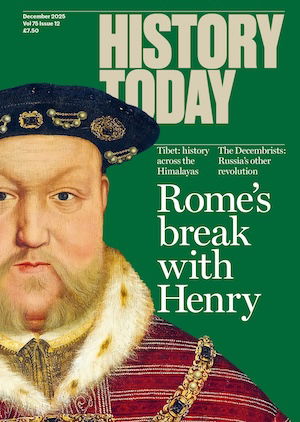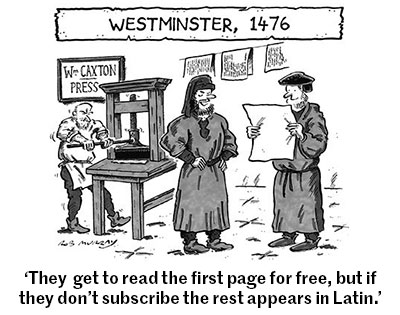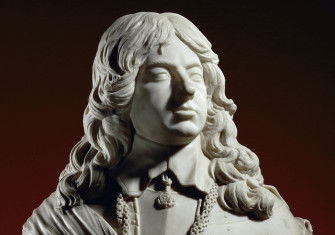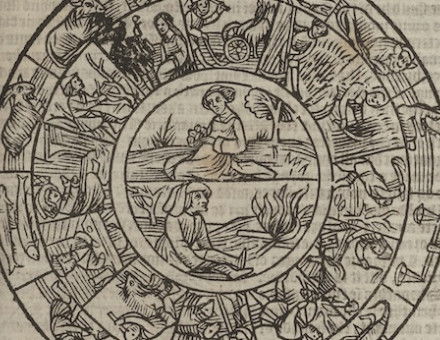The End of Cromwell’s English Republic
The English republic was brought down in 1660 by the same forces that brought it to power.
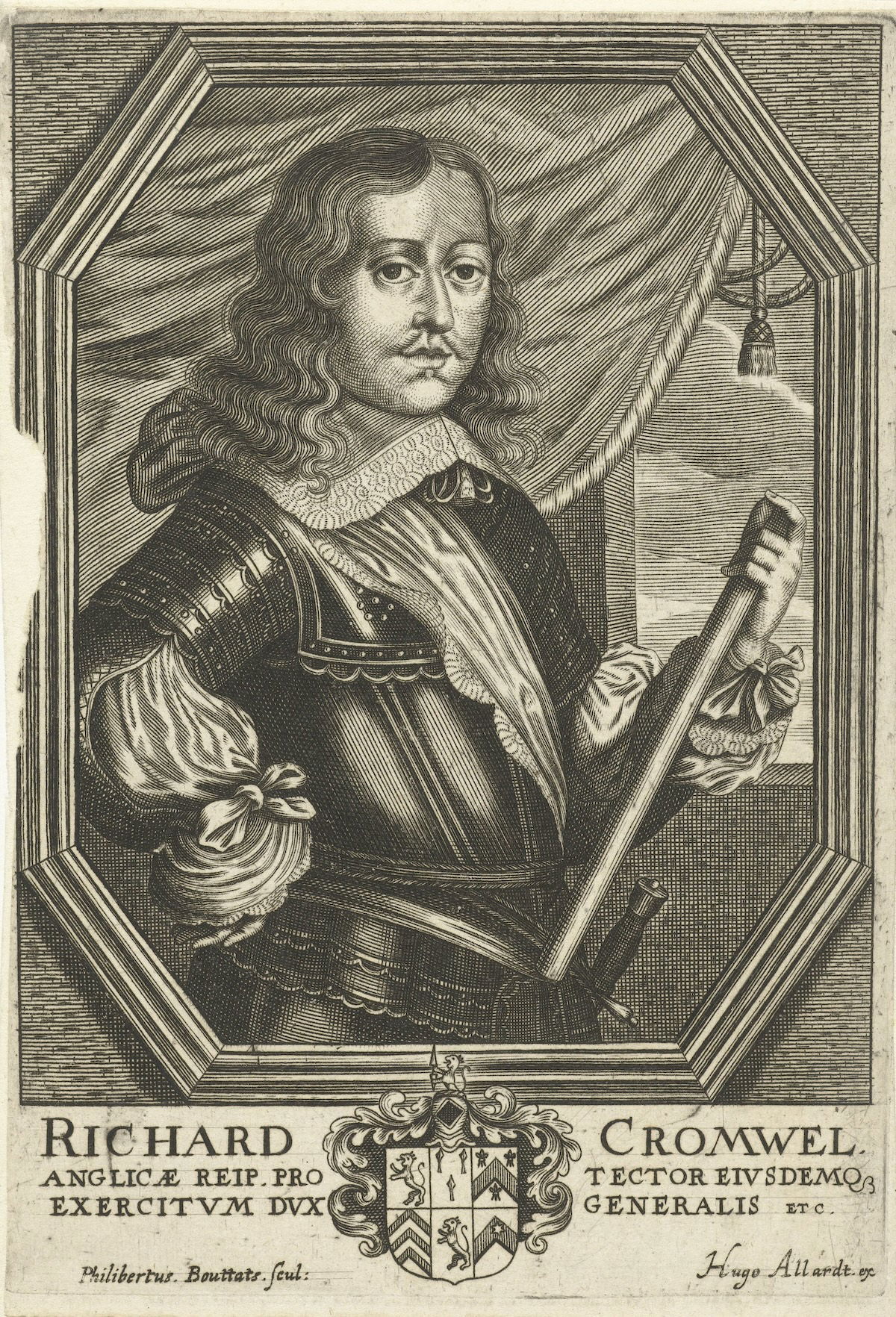
By the early months of 1658, the young English republic was in crisis. Nine years earlier, after a decade of civil war and three years of famine, leaders in the New Model Army had, as the poet Andrew Marvell later put it, ruined ‘the great work of time, / And cast the kingdom old / Into another mould’. In early December 1648, frustrated by the ambiguities and hesitations of those negotiating with the defeated king, a detachment of soldiers purged Parliament of its most conservative MPs, opening the way for the hasty organisation of a High Court of Justice and the consequent trial of Charles I. As the king resisted the legitimacy of the court and refused to enter a plea, power passed to the more radical military and political leaders, as they became increasingly interested in exploring republican solutions to the political crisis. After multiple attempts to have Charles recognise the court by entering a plea, his judges found him guilty of treason. He was beheaded on 30 January 1649 outside Westminster Hall and, four months later, England was formally established as a republic.

